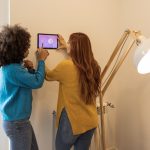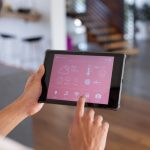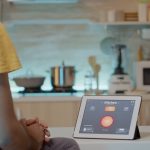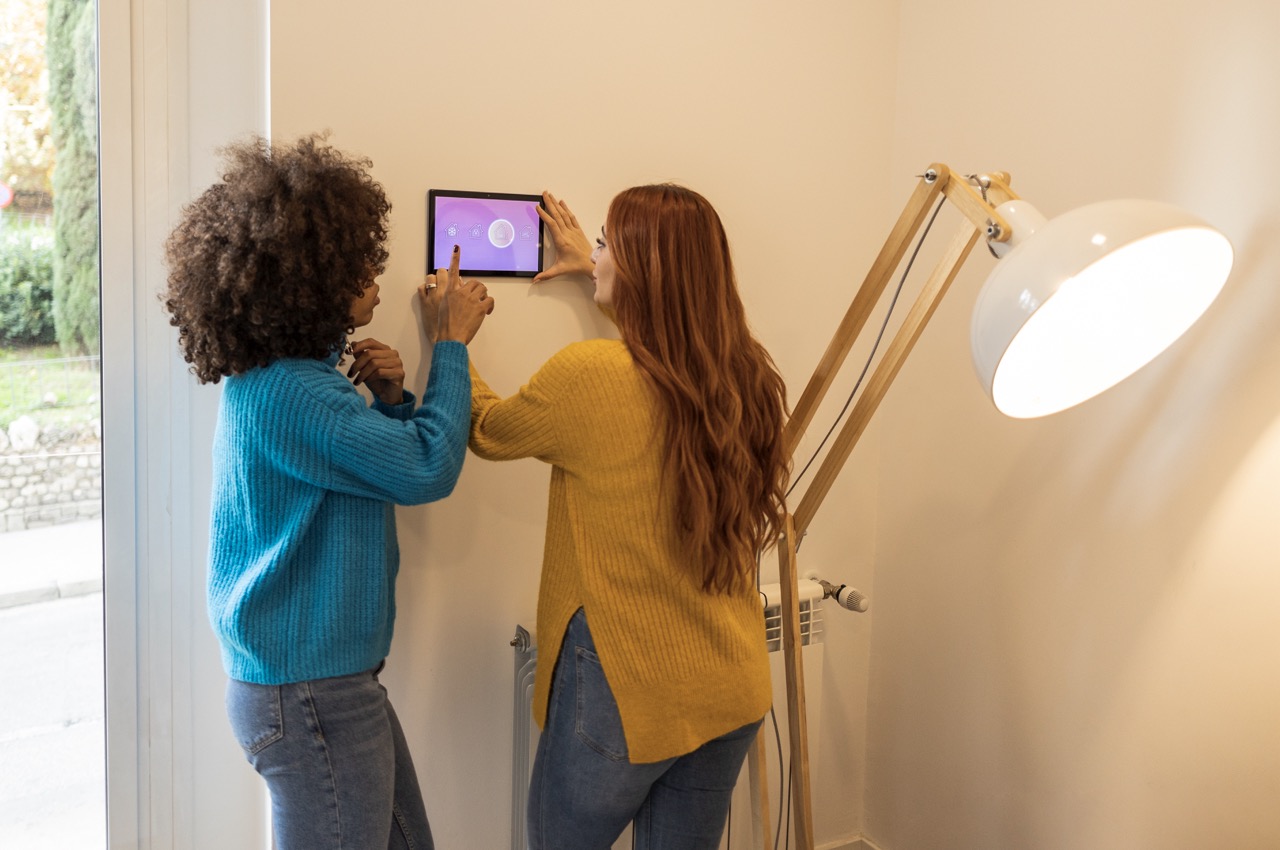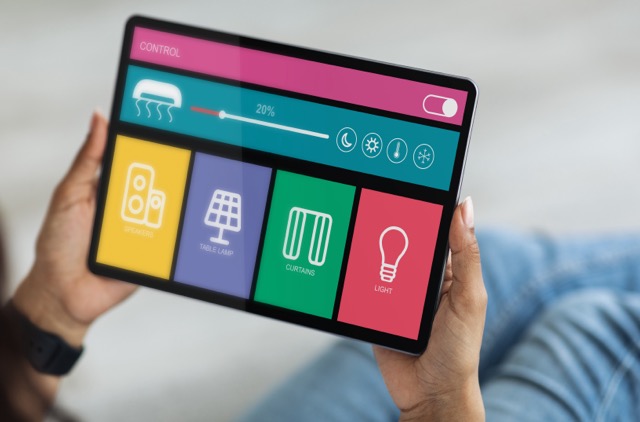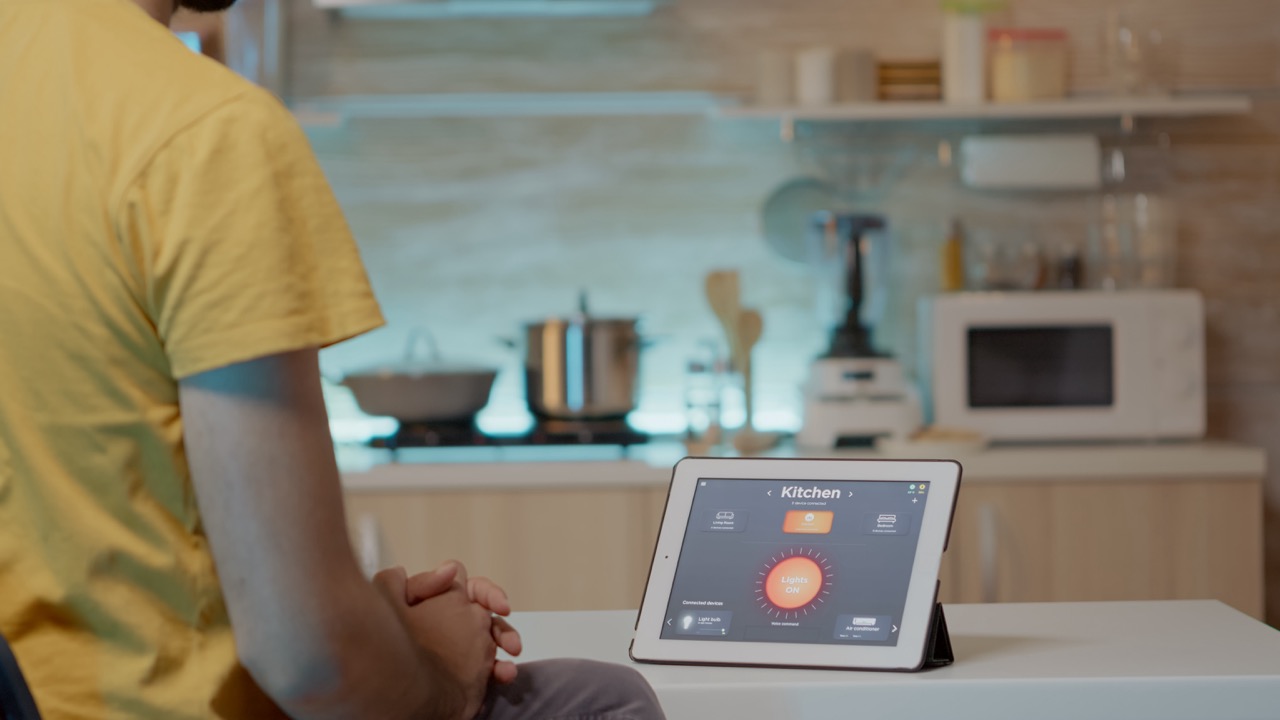In the ever-expanding realm of wearable technology, smart glasses stand out as a profound innovation that seamlessly integrates the digital world with everyday life. As we witness the evolution of these devices, their impact spans across various sectors from healthcare to education, enhancing functionalities and enriching user experiences. This article delves into the technological advancements of smart glasses, evaluates their transformative effects on daily activities, and addresses the emerging ethical considerations linked with their adoption.
Examining the Evolution of Smart Glasses Tech
Smart glasses technology has come a long way since its inception, evolving from bulky prototypes to sleek, fashion-forward devices. Initially, these gadgets were cumbersome and limited in functionality, primarily focusing on delivering basic augmented reality (AR) experiences and simple notifications. As technology progressed, the incorporation of advanced micro-displays, improved battery life, and more intuitive user interfaces marked significant milestones. Today, manufacturers integrate powerful processors and AI capabilities, enabling real-time analytics and enhanced interactive experiences. This evolution reflects a growing understanding of consumer needs and technological possibilities, culminating in devices that are not only more efficient but also more user-friendly and accessible.
The development of smart glasses has been fueled by advancements in related fields like machine learning, optics, and wearable computing. These technologies have converged to create glasses that can perform a wide range of tasks, from displaying contextual information in the user’s line of sight to capturing and analyzing visual data. Innovations such as OLED (Organic Light-Emitting Diode) display technology have dramatically improved visual clarity and energy efficiency, making these glasses more practical for everyday use. Furthermore, breakthroughs in gesture recognition and voice control have made interaction with smart glasses more natural, fostering a more immersive user experience.
As smart glasses continue to evolve, they increasingly integrate with other IoT devices, enhancing their utility and application. This interconnectedness allows for a more synchronized user experience, where information flows seamlessly from one device to another. For example, pairing smart glasses with smartphones or smart watches can provide holistic health monitoring or streamline professional workflows. This level of integration is not only a testament to the technological evolution but also a preview of the potential future landscapes where smart glasses play a central role in the digital ecosystem.
Assessing the Impact: How Smart Glasses Enhance Life
Smart glasses revolutionize daily life by offering hands-free operation and easy access to information, which is instrumental in multitasking and enhancing productivity. For instance, professionals in fields like logistics and manufacturing use smart glasses to view important information without interrupting their work, leading to increased efficiency and safety. These devices also support real-time communication and remote assistance, allowing experts to guide technicians through complex procedures from miles away, which optimizes operations and reduces the need for travel.
Moreover, smart glasses significantly contribute to personal convenience and entertainment. They offer users the ability to access navigation, make phone calls, or listen to music without the need to use their hands or divert attention from their tasks. This integration of technology into daily activities not only simplifies routines but also enriches the user’s lifestyle by blending information, connectivity, and entertainment seamlessly into the visual field in front of them.
The societal impact of smart glasses extends further, transforming how we interact with the world and each other. They have the potential to break down language barriers through real-time translation features and enhance accessibility for individuals with disabilities by providing auditory descriptions of visual data or visual alerts of auditory information. These features not merely showcase the technological prowess but also emphasize the humanitarian potential of smart glasses, making technology more inclusive and beneficial for a wider segment of the population.
Beyond Boundaries: New Features in Latest Models
The latest models of smart glasses showcase groundbreaking features that push the boundaries of what wearable technology can achieve. Enhanced AR capabilities allow users to interact with digital elements overlaid on the real world in more meaningful ways. For instance, architects can visualize building plans in situ, and retailers can offer customers virtual try-ons, creating interactive and personalized shopping experiences. These advancements not only enhance user engagement but also open new avenues for industries to innovate and grow.
In addition to AR enhancements, recent models have improved biometric monitoring capabilities, making them invaluable tools for health and fitness enthusiasts. These glasses can track metrics such as heart rate, gaze direction, and even cognitive load, providing insights into both physical and mental health. This biometric data can be used to tailor health programs or manage workloads, promoting overall well-being and productivity.
Moreover, the integration of AI has led to smarter and more context-aware smart glasses. AI algorithms analyze environmental data to provide personalized recommendations and alerts. For example, they can warn users about potential hazards in their environment or suggest optimal routes to avoid traffic. Such intelligent features not only improve safety but also enhance the efficiency and quality of everyday life, showcasing the sophisticated integration of technology and user-centric design in the newest iterations of smart glasses.
Smart Glasses in Healthcare: More Than Meets the Eye
In the healthcare sector, smart glasses are proving to be more than just innovative tools; they are becoming essential instruments that enhance the quality of care and operational efficiency. Surgeons use smart glasses to access real-time data and patient information hands-free during operations, which enhances precision and safety. The ability to stream procedures for training purposes or to consult remotely with other experts adds another layer of value, improving outcomes and expanding educational opportunities within the medical community.
Beyond surgical applications, smart glasses facilitate better patient interaction and care management. For instance, they enable doctors to access medical records and analyze patient data quickly without having to shift focus away from the patient, fostering a more personal and engaging consultation. Additionally, in emergency situations, paramedics equipped with smart glasses can receive instant guidance from distant specialists, making critical information accessible when it matters most and potentially saving lives.
Moreover, smart glasses hold the potential to revolutionize patient care in remote or underserved areas by providing healthcare professionals with access to the latest diagnostic tools and medical information. This accessibility can lead to earlier diagnosis and treatment, reducing travel times and healthcare costs, and ultimately leading to better health outcomes. As these technologies continue to develop, their integration into global health systems promises a future where quality healthcare is more accessible and efficient for everyone involved.
Educational Horizons: Smart Glasses in Classroom Settings
Smart glasses are beginning to make significant inroads into educational settings, transforming traditional learning environments into interactive, immersive experiences. In classrooms, these devices can provide students with AR overlays of complex scientific models or historical events, enhancing understanding and retention through visual and experiential learning. This capability not only makes learning more engaging but also caters to different learning styles, potentially increasing overall academic success.
Moreover, smart glasses can assist in creating more inclusive educational environments. For students with disabilities, these devices can be tailored to provide real-time text-to-speech for visually impaired users or speech-to-text for hearing-impaired users, ensuring that all students have access to the same information. Additionally, the use of smart glasses can help teachers monitor student engagement and understanding, allowing for real-time adjustments to teaching strategies and personalized support.
Looking forward, the potential for global classroom connectivity through smart glasses is immense. Students could virtually attend classes halfway across the world, participate in international collaborative projects, or take virtual field trips to foreign locations, all facilitated by the technology on their noses. This not only broadens educational opportunities but also fosters a greater understanding and appreciation of global cultures, preparing students for a more interconnected world.
Navigating Privacy Concerns with Emerging Technologies
As with most advances in technology, the rise of smart glasses brings with it significant privacy concerns. The ability of these devices to record and analyze real-time data can lead to issues of consent and personal space. Users and bystanders alike may not always be aware when they are being recorded or how their data is being used, raising ethical and legal questions that need to be addressed to foster trust and acceptance.
Manufacturers and policymakers must work together to establish clear guidelines and regulations governing the use of smart glasses. This includes creating robust data protection measures, transparent user agreements, and easy-to-use privacy settings to give users control over their information. Additionally, public education about the capabilities and limitations of smart glasses can help mitigate fears and misconceptions about the technology.
Moreover, the development of new technologies like smart glasses should involve continuous dialogue with stakeholders, including privacy advocates, to ensure that these innovations align with societal values and privacy norms. By proactively addressing these concerns, the industry can create a conducive environment for the adoption of smart glasses, ensuring that their benefits can be enjoyed without compromising individual privacy rights.
Smart glasses represent a significant leap forward in the integration of technology into everyday life, promising enhanced efficiencies, immersive experiences, and broader accessibility across various sectors. As these devices continue to evolve and penetrate different aspects of our lives, the focus must also inevitably shift towards addressing the ethical implications and privacy concerns associated with such profound capabilities. By fostering a balanced approach that respects both innovation and individual rights, the future of smart glasses can be as bright and clear as the visions they project. This is a crucial moment for developers, users, and regulators to collaborate and pave the way for a future where technology and privacy coexist harmoniously, enhancing lives without encroaching on privacy.
